Equipment And Facilities In Poultry Production
Introduction
Poultry farming at a glance
Poultry farming involves raising poultry such as chickens, ducks, turkeys and geese for various purposes, including meat and egg production. It is an integral part of the agricultural industry worldwide and is an important source of protein for human consumption.Poultry farming practices can vary greatly from small backyards to large commercial enterprises. Regardless of the scale, successful poultry farming requires careful management of several factors, including housing, nutrition, health and biosecurity
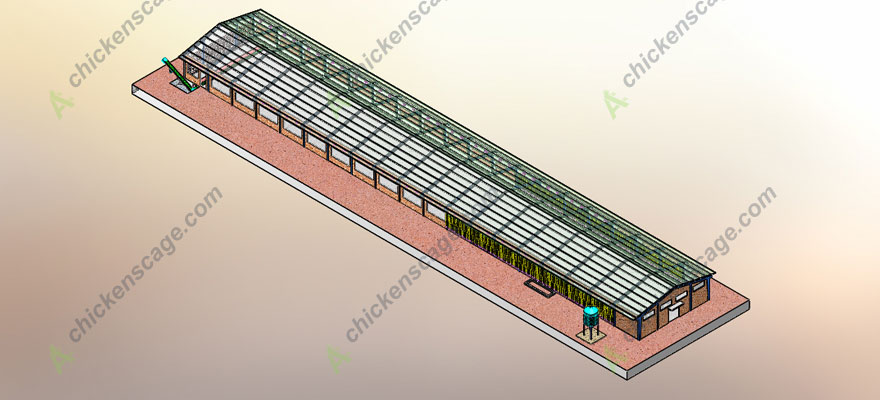
Importance of Poultry Farm Equipment and Facilities
Equipment and facilities play a vital role in the success of poultry farms. Properly designed and maintained facilities and appropriate poultry farm equipment are essential to bird health, welfare and productivity.The most important areas where equipment and facilities are critical are storage systems, feeding equipment, egg handling equipment, and waste treatment systems and various facilities such as hatcheries, processing plants and storage facilities. These components not only increase poultry production, but also affect the quality and safety of poultry products for consumers.
Key Equipment in Poultry Production
Housing Organizations
Systems for housing poultry are necessary to give birds a cozy and secure home. Poultry production uses a variety of housing systems, such as aviaries, cage systems, and free-range systems. Every approach has pros and cons that vary according to things like the type of bird, the size of the farm, and management style.
A chicken housing system's proper ventilation and illumination are essential components. By removing dangerous gases, dust, and excess moisture from the air, ventilation serves to both lower the risk of respiratory illnesses and enhance air quality. Sufficient lighting is also necessary to maintain the circadian rhythms of the birds and encourage their natural activities, which include feeding and mating.
Feeding Equipment
Feeding equipment such as feeders and watering systems are essential for providing birds with access to feed and water. Feeders are designed to dispense feed to birds in a controlled manner, preventing wastage and ensuring that birds have an adequate supply of feed at all times. Watering systems are similarly designed to provide birds with access to clean, fresh water, which is essential for maintaining hydration and overall health.
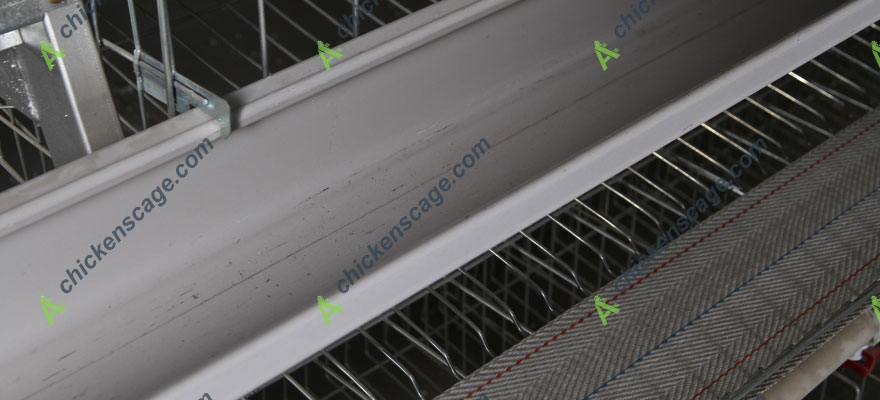
Equipment for Handling Eggs
The eggs laid by the birds are gathered, cleaned, and stored using egg handling equipment. Systems for collecting eggs are made to do so softly and effectively, lowering the possibility of contamination and harm. After being gathered, eggs are usually kept in facilities dedicated to storing eggs, where they are carefully monitored to ensure that they remain fresh at the right humidity and temperature.
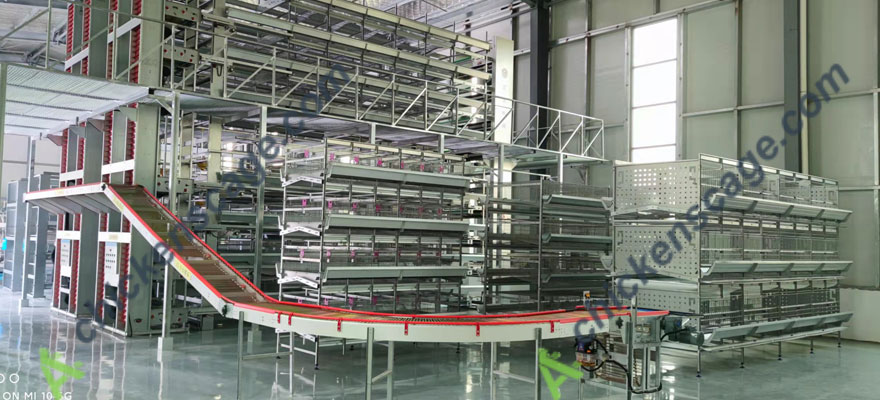
Equipment for Waste Management
Maintaining a healthy environment in chicken farms and lowering the risk of disease transmission depends on effective waste management. Manure, bedding material, and feed waste are among the waste products produced by the birds that are collected, transported, and disposed of using waste management equipment. Anaerobic digestion, composting, and litter management systems are typical waste management system types.
Ensuring the health, welfare, and production of poultry farms largely depends on the appropriate selection and upkeep of equipment. Equipment that is well-maintained and designed can increase productivity, decrease waste, and improve the sustainability of chicken production systems as a whole.
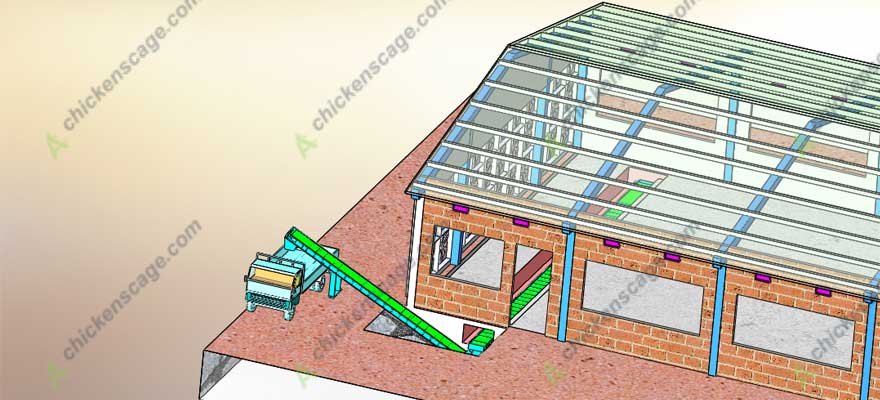
Facilities in Poultry Production
Incubation centers
Incubation centers assume an essential part in poultry creation by brooding prepared eggs and incubating them into chicks. Temperature control is fundamental in incubation centers to guarantee the legitimate improvement of the undeveloped organisms inside the eggs. Keeping a reliable temperature all through the brooding period is basic for boosting hatch rates and creating sound chicks.
Hatcheries are utilized in incubation centers to give the ideal circumstances for egg brooding. These machines manage temperature, moisture, and ventilation to copy the normal brooding cycle. Legitimate administration of hatcheries is fundamental for accomplishing high lid rates and creating solid, sound chicks.
Handling Plants
Handling plants are offices where poultry is butchered, handled, and ready for conveyance to buyers. Butchering and handling hardware in these plants are intended to proficiently and accommodatingly process huge quantities of birds. This gear incorporates staggering gadgets, killing cones, de-feathering machines, destruction lines, and bundling apparatus.
Cleanliness and disinfection are vital in handling plants to guarantee the security and nature of poultry items. Severe sterilization works, including normal cleaning and sanitization of gear and offices, assist with forestalling the spread of microbes and defilement of poultry items.
Storage spaces
Storage spaces are utilized to store poultry items, including meat and eggs before they are conveyed to buyers. Cold capacity is fundamental for protecting the quality and security of poultry items by keeping up with them at the appropriate temperature. This assists with dialing back bacterial development and forestalls waste.
Keeping up with item quality away offices is urgent for guaranteeing that poultry items arrive at buyers in ideal condition. Legitimate dealing with and capacity rehearses, for example, appropriate bundling, temperature control, and turn of stock, help to keep up with the newness and nature of poultry items.
Importance of Modern Equipment and Facilities
Production Efficiency
Having facilities and equipment from today's era is essential to raising poultry productivity. Labor expenses can be decreased and production processes can be streamlined with the use of advanced technology like automated feeding systems and climate control systems. Poultry farmers benefit from increased productivity and profitability as a result.
Enhancing the Well-Being of Animals
Contemporary facilities and equipment are made to give chickens a relaxing and stress-free environment. Ensuring the birds' well-being and promoting natural behaviors are facilitated by appropriate ventilation, lighting, and housing systems. In addition to enhancing animal welfare, this raises the caliber of poultry products produced.
Guaranteeing Food Quality and Safety
In order to guarantee the security and caliber of chicken products, contemporary facilities and equipment are necessary. The spread of pollutants and pathogens can be stopped by following good waste management procedures in addition to practicing hygiene and sanitation. This guarantees that consumers receive safe and high-quality poultry products while lowering the danger of foodborne infections.
Fulfilling Requirements of Regulations
Poultry farms can comply with government regulations and standards by using modern facilities and equipment. This covers requirements for food safety, environmental preservation, and animal welfare. Maintaining customer confidence and assuring the poultry industry's long-term viability depends on adherence to these standards.
Challenges and Solutions
Cost Considerations
The Value of Purchasing High-Quality Equipment
Modern facilities and equipment can be expensive initially, but it's crucial for chicken producers to invest in high-quality, long-lasting equipment. Long-term cost reductions can be achieved with high-quality equipment since it can save maintenance expenses and increase production.
Possible Cost-Reduction Strategies
By streamlining their manufacturing procedures and cutting waste, poultry producers can save costs. This covers effective waste management techniques, appropriate ventilation control, and efficient feed management. Farmers can also look into government incentives and subsidies for purchasing new equipment.
Maintenance and Upkeep
Consistent Maintenance Procedures
Equipment and facilities must receive routine maintenance in order to function at their best for as long as possible. This entails routinely examining, lubricating, and cleaning equipment to find and fix any problems before they escalate.
Education for Agriculture Employees
To guarantee that farm workers use equipment appropriately and follow maintenance protocols, it is essential to provide them with training on equipment operation and maintenance. By doing this, you may help keep equipment from breaking down and increase its lifespan.
All things considered, strategic planning and investment can help poultry farmers overcome these obstacles and improve the production, sustainability, and efficiency of their businesses.
Conclusion
Facilities and equipment are vital components of chicken farming and are essential to maintaining the well-being, productivity, and health of these operations. Equipment that is well-maintained and developed can increase productivity, decrease waste, and enhance the quality and safety of chicken products for consumers.
Trends and equipment development for the future
The advancement of innovation and technology is probably what poultry farming will look like in the future. The advancement of smart agricultural technologies, such as automation and sensors, which may assist farmers in monitoring and managing their operations more effectively, is one of the key developments to keep an eye on. Furthermore, there is a growing focus on sustainability and initiatives to lessen the environmental impact of chicken farming by implementing waste management and renewable energy methods.
An Appeal for the Use of Contemporary Methods in Sustainable Poultry Production
In conclusion, the sustainability of poultry farming in the future depends on the adoption of contemporary methods and the investment in high-quality facilities and equipment. Poultry farmers can increase their profitability and help create a more sustainable food system in the future by embracing innovation and sustainability.

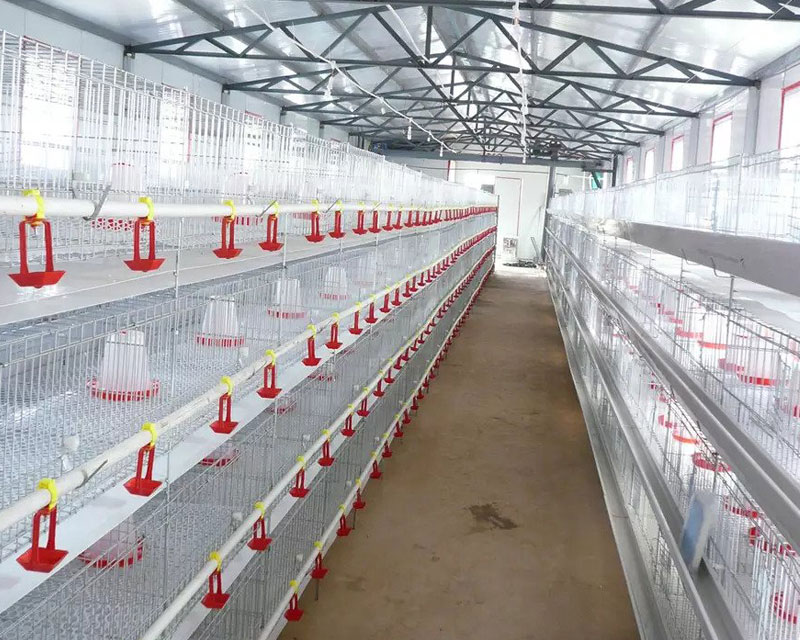 4 Tier H Type Broiler Cage Project In South Africa
4 Tier H Type Broiler Cage Project In South Africa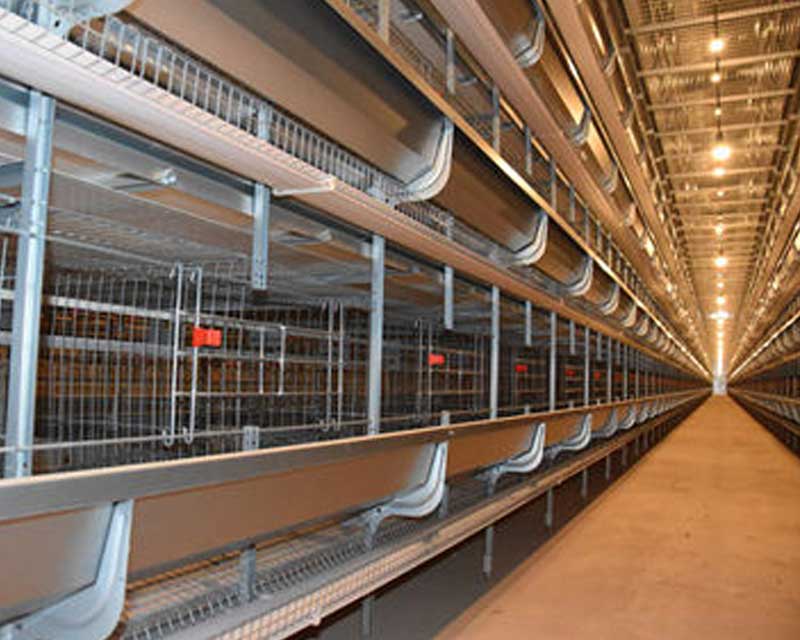 Layer Cage Project In Cuba
Layer Cage Project In Cuba H Type Layer Cage Project In Southeast Asia
H Type Layer Cage Project In Southeast Asia A Type Layer Cage Installed In West Africa
A Type Layer Cage Installed In West Africa Nigeria H Type Layer Cage Project
Nigeria H Type Layer Cage Project H Type Layer Cage Installed In Togo
H Type Layer Cage Installed In Togo